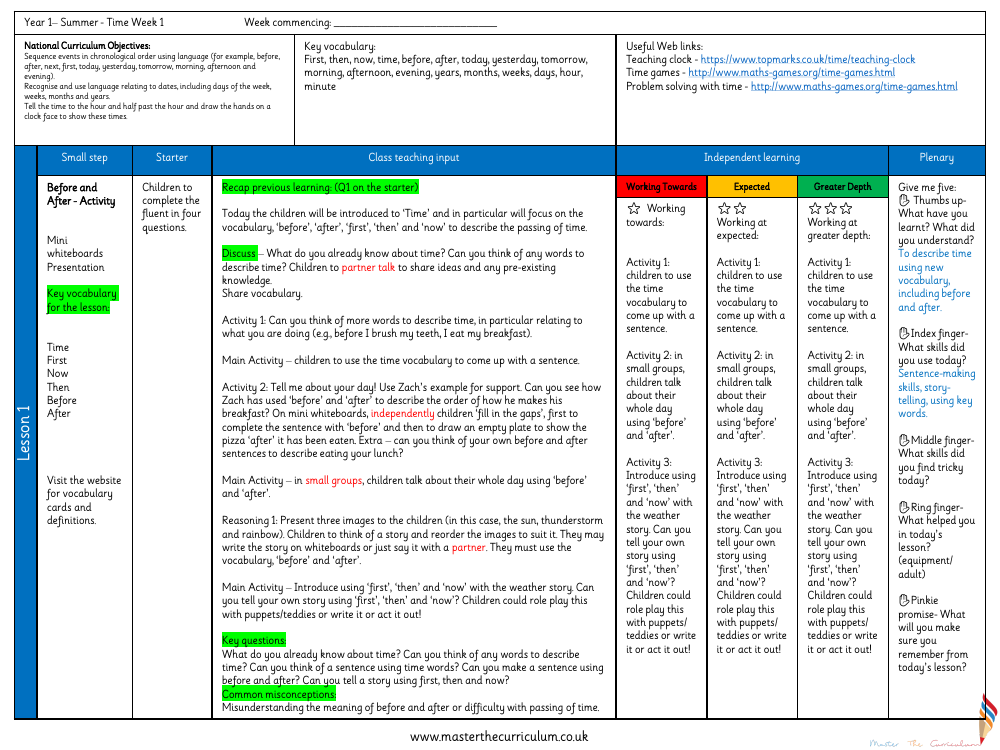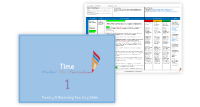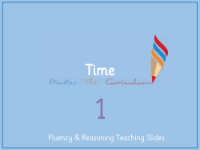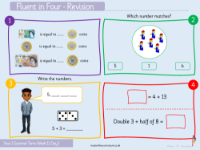Time - Before and after activity - Planning

Maths Resource Description
The Year 1 summer curriculum delves into the concept of time, inviting young learners to sequence events and understand the language associated with time, such as 'before', 'after', 'today', 'yesterday', and 'tomorrow'. The week's objective is to help children grasp chronological order and recognise language related to dates, including days, weeks, months, and years. They will also learn to tell time to the hour and half-hour and represent this on a clock face. Key vocabulary for the lesson includes words like 'first', 'then', 'now', 'morning', 'afternoon', 'evening', and units of time such as 'years', 'months', 'weeks', 'days', 'hour', and 'minute'. The lesson starts with a discussion about what the children already know about time and progresses to activities where they use time-related vocabulary to construct sentences and describe their day.
During the lesson, children engage in a variety of activities that encourage them to use the key vocabulary in context. In the first activity, they think of words related to time and use them to form sentences about daily routines. The main activity has them describing their day using 'before' and 'after', with visual aids like mini whiteboards to support their learning. They also get to tell a story by sequencing images of the sun, a thunderstorm, and a rainbow, using 'first', 'then', and 'now' to structure their narrative. This could be done through role play with puppets or teddies, writing, or acting it out. The lesson aims to address common misconceptions about the meaning of 'before' and 'after' and the concept of the passing of time, ensuring children understand how to describe time using new vocabulary. The plenary session includes a reflective 'Give me five' activity, where children consider what they've learned about time and the skills they've used or found challenging.


